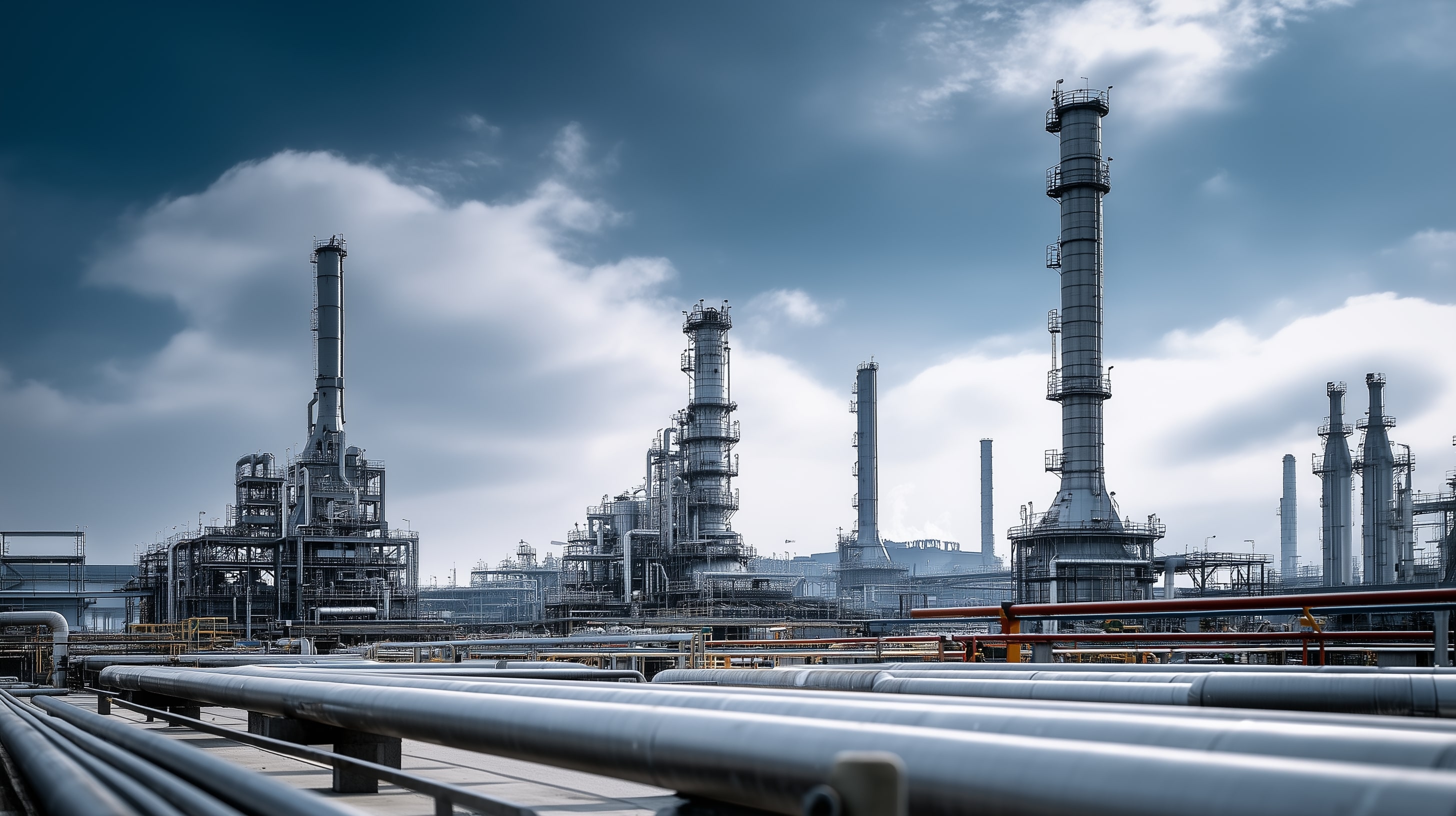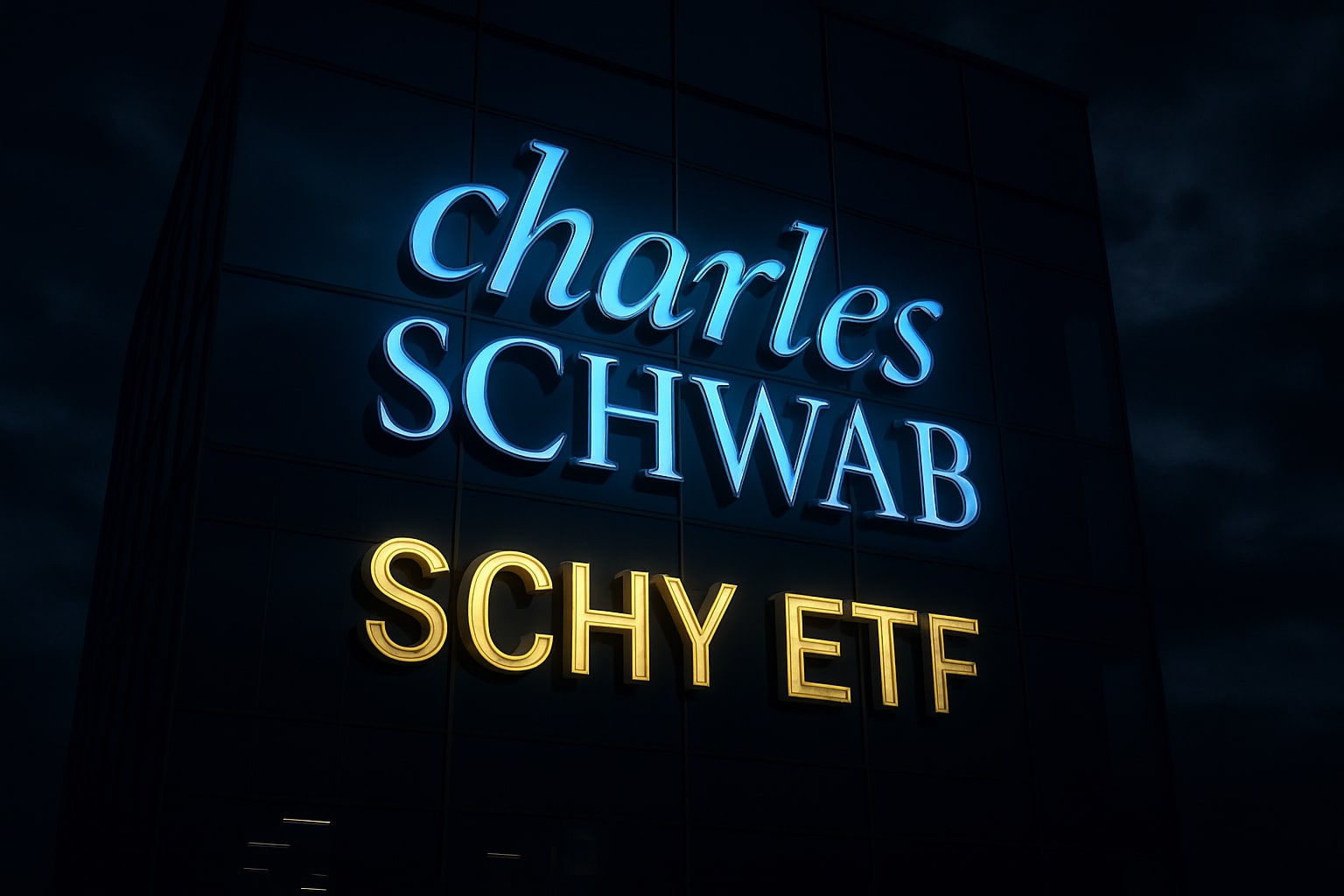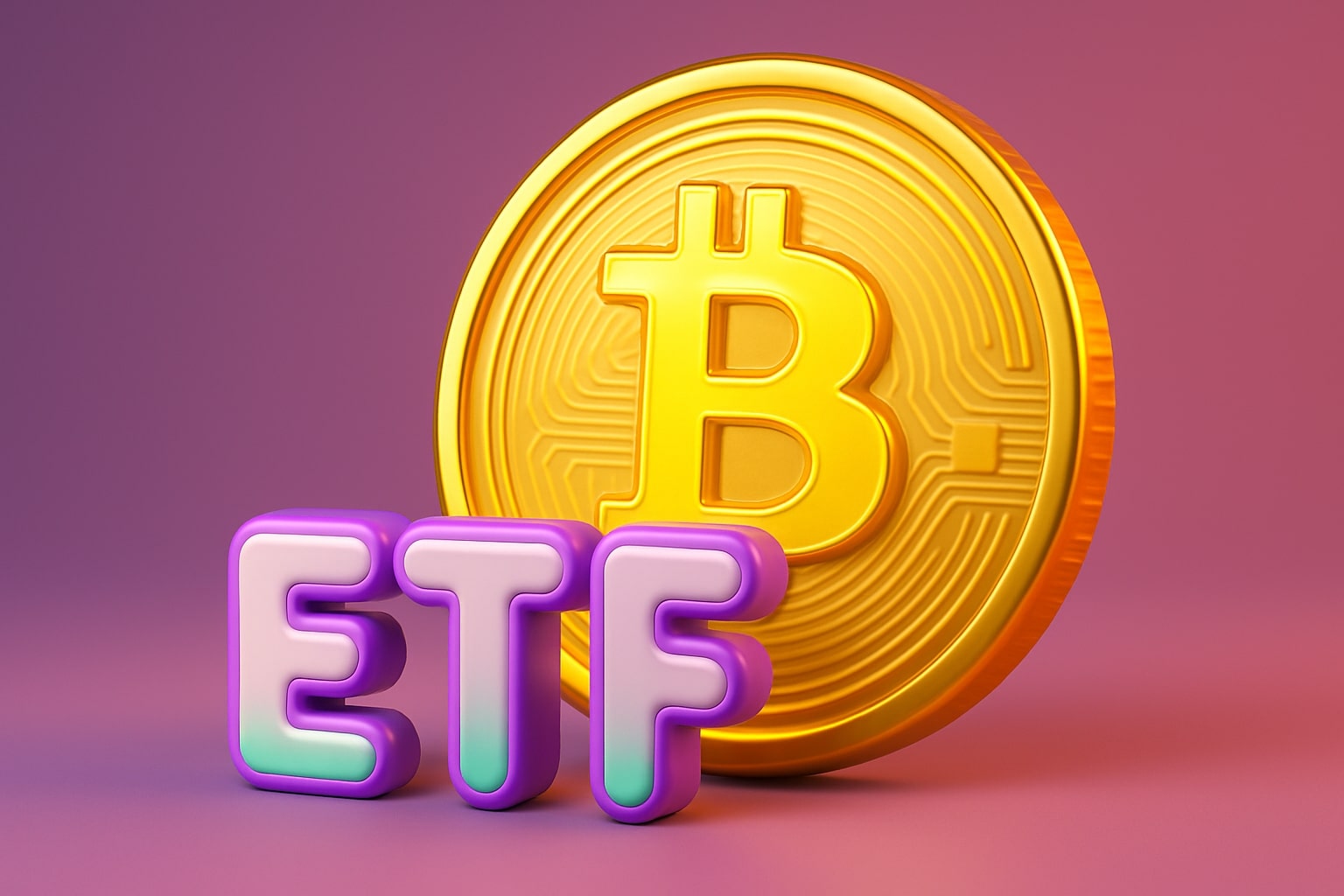
Natural Gas Prices Surge to $4.16 as OPEC+ Policy and Winter Demand Drive Next Leg Higher
Natural Gas (NG=F) reaches a three-year October high near $4.16, backed by colder weather, U.S. storage shortfalls, and restrained global output. Technical momentum targets $4.40–$4.58 | That's TradingNEWS
Natural Gas (NG=F) Pushes Toward $4.40 as Winter Demand and OPEC Supply Policy Tighten Global Energy Markets
Natural Gas (NG=F) extends its rally, trading around $4.16 per MMBtu, up 1.49%, as cooler weather forecasts, tightening inventories, and bullish technical momentum fuel another leg higher. The commodity’s strong rebound follows an October average of $3.19, its highest for that month since 2022, with prices now up 45% year-to-date from the $2.19 average seen in 2024. The three-year high for October underscores how cyclical demand, particularly in the Northern Hemisphere, is colliding with supply discipline from key producers and limited U.S. output growth. The Henry Hub benchmark has averaged $3.42 in 2025, sharply above the four-year low of $2.19 last year, signaling a fundamental shift back to structural tightness.
Bullish Structure Builds as Technical Indicators Confirm Uptrend
Momentum across natural gas futures remains firm after breaking above the symmetrical triangle pattern formed in late October. Price is holding well above the $4.01 support zone, while the 50-day EMA at $3.91 has crossed above the 200-day EMA at $3.83, confirming a short-term bullish reversal. The RSI at 67 suggests rising momentum without entering extreme overbought territory, allowing further upside potential. Strong volume during the breakout candle validates institutional participation. Immediate resistance sits at $4.23 and $4.40, while extended targets stretch to $4.58, corresponding to the February 2023 high. Traders are watching these levels as potential triggers for accelerated buying ahead of the winter heating season.
Seasonal Drivers: Weather Shifts and Storage Constraints
With the onset of colder temperatures across North America and Europe, gas demand for heating and power generation is surging. Meteorological models indicate below-average temperatures through late November, likely tightening inventories further. U.S. natural gas storage currently stands at 3.69 trillion cubic feet, about 3% below the five-year average, suggesting limited buffer against seasonal demand shocks. The December contract is historically the strongest, reflecting robust seasonal consumption. Analysts expect a 2–3% drawdown per week through mid-December if temperatures stay below the 10-year average. This demand surge adds pressure to already thin supply chains, where LNG exports are absorbing nearly 14% of total U.S. output, up from 10% last year.
OPEC+ Policy and Global Energy Correlation Support the Rally
Natural gas is also benefiting from spillover dynamics in the oil market. The OPEC+ decision to lift production by only 137,000 barrels per day for December, followed by a pause in new hikes through Q1 2026, has stabilized the broader energy complex. This restrained output increase—combined with Russian export disruptions under renewed sanctions—has limited supply elasticity across fossil fuels. While oil consolidates near WTI $61.28 and Brent $65.21, the intermarket linkage continues to reinforce bullish sentiment for natural gas, as energy investors diversify exposure. The UAE Energy Minister’s comments dismissing fears of an “oil glut” further strengthened the view that supply discipline will persist into 2026.
WTI and Brent Divergence Highlights Relative Strength in Gas
While natural gas enjoys a clear bullish bias, WTI crude (CL=F) remains range-bound between $60.05 and $62.57, forming a symmetrical triangle that could break either way depending on OPEC’s final December decision. The 20-period EMA near $61.25 reflects equilibrium, with the RSI at 50.9 signaling indecision. Brent (BZ=F) trades around $65.21, maintaining an ascending trendline from October’s $60.00 low, yet still below resistance at $66.60–$69.60. These oil consolidation zones contrast with natural gas’s more decisive breakout structure, making NG=F the stronger performer in the near term. As oil’s volatility compresses, speculative capital is rotating toward gas, amplifying upside momentum through derivative exposure.
Technical Compression Ends: Short-Term Range Expands Toward $4.58
The four-hour chart on NG=F confirms a breakout continuation, with bulls defending the $4.01 floor after multiple retests. The bullish crossover of key EMAs aligns with growing volume strength and a higher-low pattern since $3.50, which now forms the secondary support base. Should price sustain above $4.15, a continuation toward $4.40–$4.58 is favored. Conversely, any pullback below $4.01 could retest $3.77, aligning with the 38.2% Fibonacci retracement from the August rally. However, the overall structure supports accumulation on dips, not short exposure. RSI and MACD both remain constructive, showing no immediate exhaustion.
Macro Context: Global Growth Fears Offset by Structural Supply Limits
Despite cautious macro sentiment tied to slower global growth and weaker industrial output in Asia, the natural gas market’s fundamentals remain structurally bullish. Global LNG supply is constrained by outages in Australia and capacity limits in Qatar’s LNG North Field expansion until 2026. Meanwhile, European gas inventories—though high at 96% of capacity—are expected to deplete faster this winter given reduced Russian pipeline inflows. U.S. exports to Europe averaged 7.9 billion cubic feet per day (bcf/d) in October, the highest since early 2024, while Asian buyers locked in additional cargoes to offset lower coal utilization. These flows tighten global balances even as U.S. production stabilizes around 103.5 bcf/d, below last year’s peak of 105.1 bcf/d.
Read More
-
SCHY ETF Price Holds $28.20 as Global Dividend Rotation Strengthens and Yield Reaches 3.62%
03.11.2025 · TradingNEWS ArchiveStocks
-
XRP ETFs XRPI and XRPR Slide 10% as Ripple Swell 2025 and SEC Decision Set Stage for $3.60 XRP Breakout
03.11.2025 · TradingNEWS ArchiveCrypto
-
Oil Price Forecast - Oil Steady Near $61 WTI and $65 Brent as OPEC+ Pauses Output Hikes
03.11.2025 · TradingNEWS ArchiveCommodities
-
USD/JPY Price Forecast - Yen Holds Near 154 as Japan’s Massive $92B Stimulus
03.11.2025 · TradingNEWS ArchiveForex
Historical Perspective: Henry Hub’s Three-Year High Signals End of Bear Cycle
The Henry Hub benchmark, averaging $3.19 in October, now sits near its three-year high for the month, marking the definitive end of 2024’s low-price bear phase. Prices averaged $3.42 year-to-date, nearly matching the five-year mean, and breaking away from the depressed $2.19 seen last year. The data reveal a steep structural shift back to profitability across the gas supply chain. The average full-year forecast for 2025 points to sustained prices between $3.80–$4.20, consistent with historical October-to-December patterns, when heating demand dominates price formation.
Investor Sentiment and Institutional Flows Reflect Renewed Confidence
Institutional positioning in natural gas futures shows rising open interest, with speculative longs increasing by 14% over the past two weeks, reversing three months of net short exposure. Hedge funds have increased their bullish bets on U.S. gas as volatility returns, while commercial hedgers have extended coverage ahead of potential cold spells. ETF holdings in gas-linked products like the United States Natural Gas Fund (NYSEARCA:UNG) have grown 5.6% month-over-month, signaling renewed retail and institutional participation.
Short-Term Outlook and Strategic Implications
With NG=F maintaining momentum above $4.10, traders are preparing for heightened volatility into mid-November as heating demand intensifies. The immediate technical map favors upside continuation toward $4.40–$4.58, though overbought readings could prompt a short pullback to $3.90–$3.77 before reaccumulation. Beyond winter, fundamentals will hinge on OPEC+ coordination, U.S. production discipline, and potential policy responses to LNG capacity bottlenecks.
Verdict: BUY – Bullish Continuation Toward $4.50–$4.60 Range
Based on technical structure, seasonal strength, and supportive intermarket conditions, Natural Gas (NG=F) is rated BUY. The short-term path targets $4.40–$4.58, with any retracement toward $3.80–$3.90 offering buying opportunities. Structural supply constraints, rising heating demand, and macro correlations with the oil market favor a bullish continuation through winter 2025. Downside risk remains limited to $3.50, where strong institutional bids and EMA support converge, anchoring the broader uptrend toward a potential $5.00 breakout if momentum persists.



















